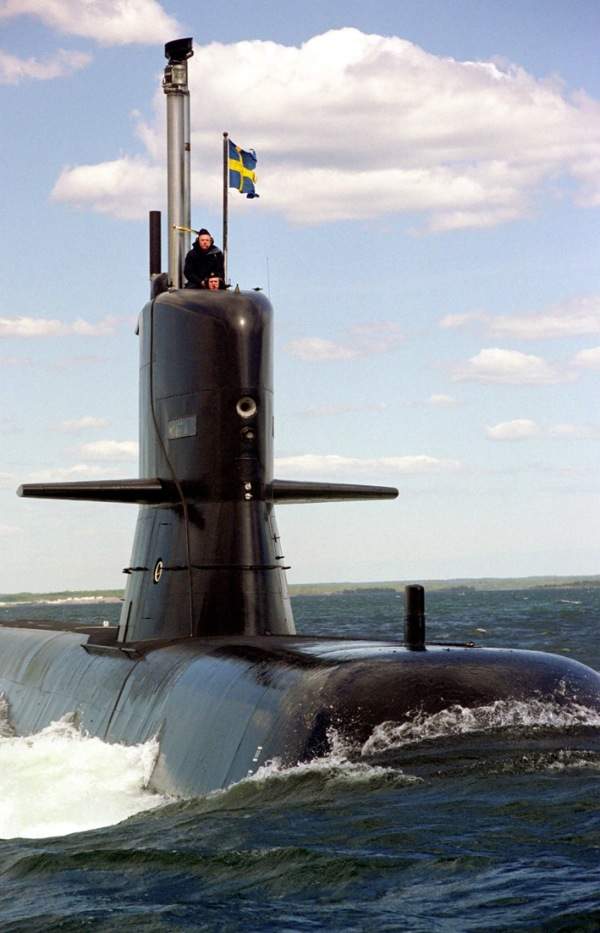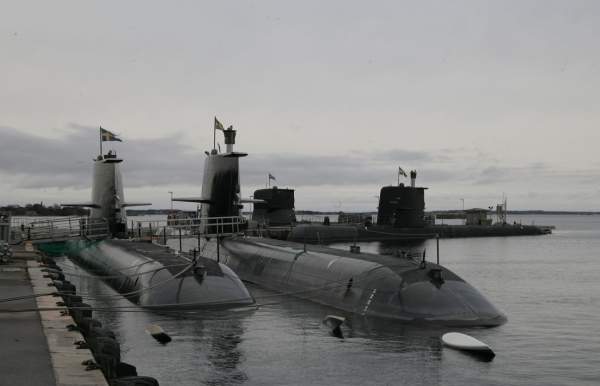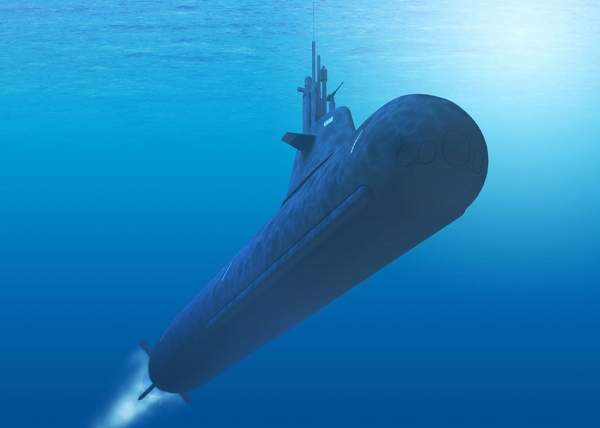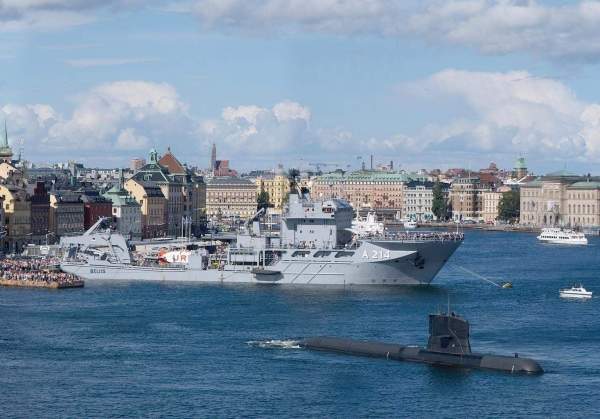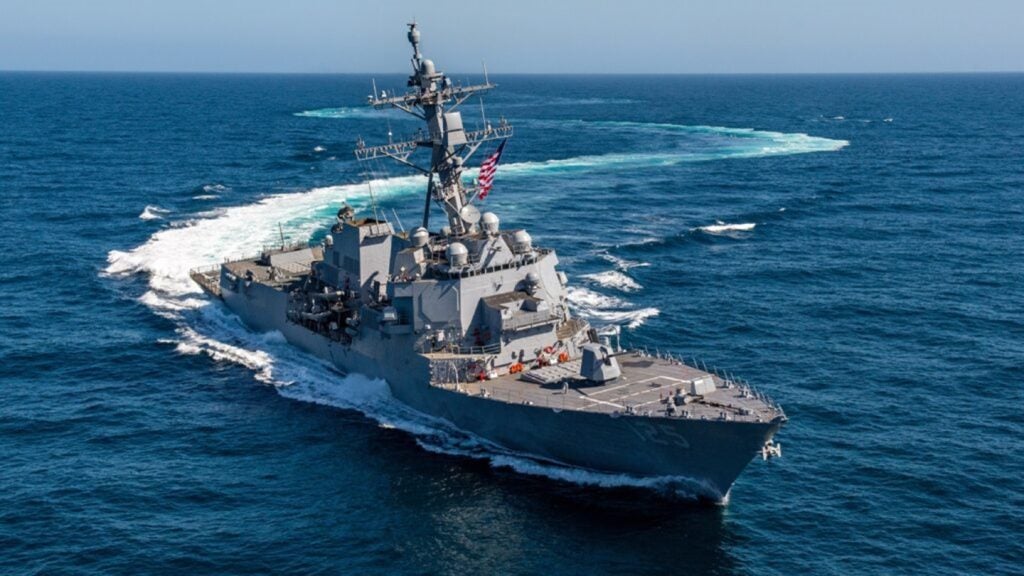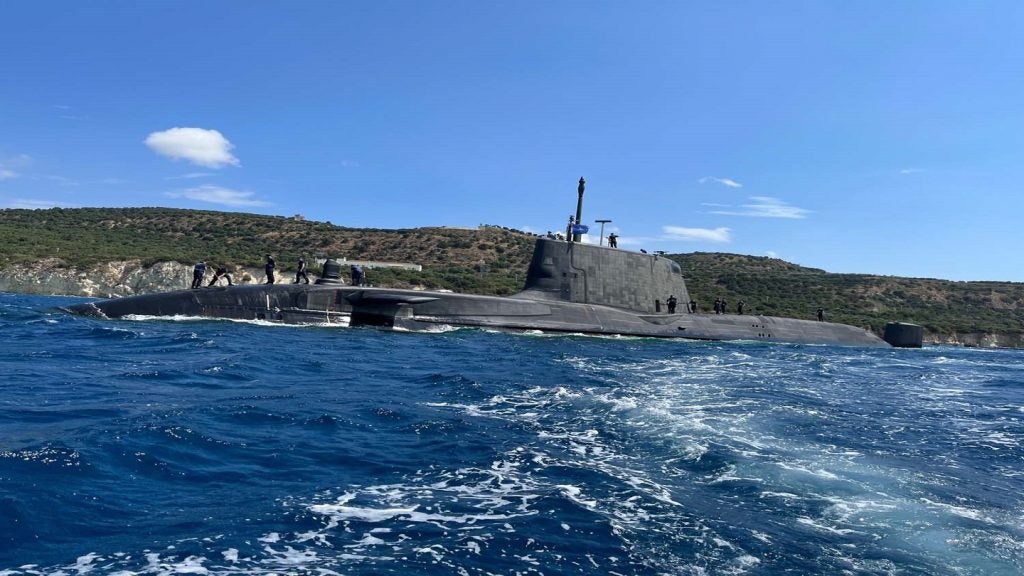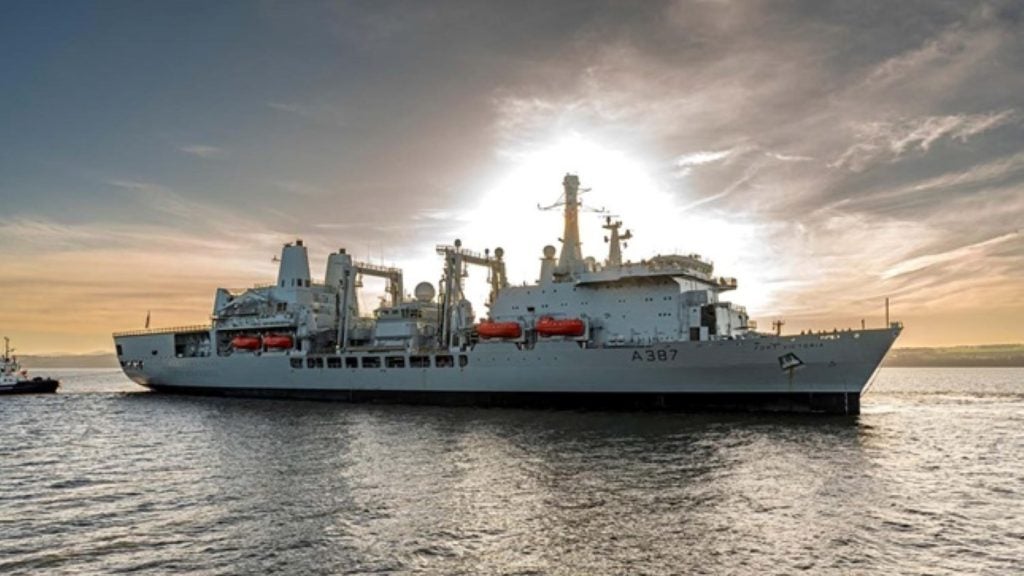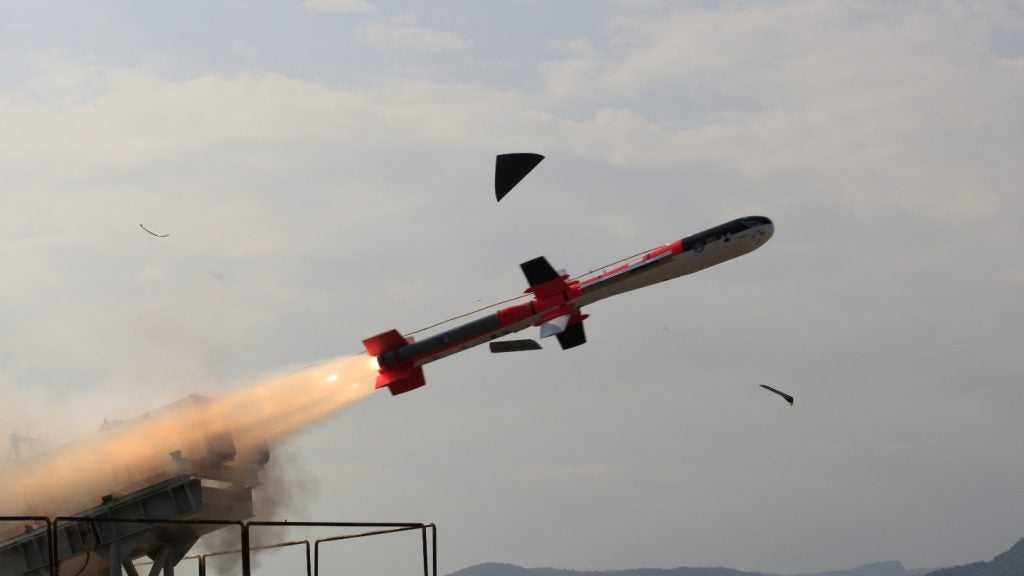The Södermanland Class diesel-electric submarines are in service with the Swedish Navy. They were originally launched as Västergötland Class submarines between 1987 and 1990.
The Class includes two submarines, namely HMS Södermanland and HMS Östergötland. These two were relaunched as a new class during 2003-2004 after a major refit by Kockums.
Södermanland Class subs are operated by the 1st Submarine Flotilla of the Swedish Navy. The class will remain in service until being replaced by the A26 submarines in 2018-19.
Södermanland refit
Kockums began the refit of the Södermanland at its shipyard in Malmö, Sweden, in late 2000. The pressure hull was cut into two parts and a new section was attached between tower and tail to insert a Stirling air-independent propulsion (AIP) system developed by Kockums.
The new section is fitted with two Stirling units, liquid oxygen (LOX) tanks and electrical equipment. The overall length of the submarine was increased from 48.5m to 60.5m by the insertion.
The Swedish Navy subs are intended to operate mainly in more frigid northern waters. Operations in higher water temperatures will increase ambient temperatures and relative humidity on board.
To overcome this problem, Södermanland Class is fitted with a completely new refrigeration system with heat exchangers in place of older direct seawater cooling systems. The Class is now ready to be deployed in international peacekeeping operations in warmer and saltier waters. The submarines also feature a new air-lock for divers.
HMS Södermanland was relaunched in September 2003 and returned to service in mid 2004. HMS Östergötland was relaunched in September 2004 and returned to service in 2005. The upgraded submarines can be operated for another 20 years without further modernisation.
Command and control
The original command and control system onboard the Södermanland Class submarines was upgraded to current standards. In January 2006, the Swedish Government placed a contract with Saab to supply four SESUB 960 command and control systems for Södermanland and Gotland submarines.
Södermanland Class is now equipped with SESUB 960 command and control system. SESUB 960 provides network enabled defence capabilities to the submarines.
Torpedoes
Södermanland Class is armed with six conventional 533mm torpedo tubes and three 400mm bow torpedo tubes. The 533mm tubes can launch type 613 heavy-weight, anti-surface ship torpedoes. Type 613 can carry a 240kg warhead up to a range of 20km. The 400mm tubes can fire Type 43 lightweight anti-submarine torpedoes.
Navigation
The existing spinning mass gyrocompasses on the submarines are being replaced with new inertial navigation systems. Kockums placed a contract with Northrop Grumman in March 2010 to upgrade the inertial navigation systems of two Gotland Class and two Södermanland Class submarines.
Northrop’s division, Sperry Marine, will deliver five mk39 mod 3C ring laser gyro (RLG) systems under the contract. Four units will be fitted to four subs of each class and one unit will be used for spares and training.
The mk39 mod 3C is a high-performance inertial navigation system offering superior shock and vibration resistance. It feeds accurate geographic position information and attitude data to the SESUB combat management systems.
Propulsion
Södermanland Class is powered by a diesel-electric and Stirling AIP system integrating two Hedemora diesel-electric engines and two Kockums v4-275R Sterling AIP units.
The AIP significantly increases the sub-merged endurance by acting as an alternative to battery power. It also reduces the noise levels created by the frequent battery recharge with diesel generators.
Pure oxygen and diesel fuel are burned in a controlled environment for maintaining high pressure. The combustion products exhausted from the engine will have higher pressure than the surrounding seawater pressure and hence released without the need for a compressor.
Cryogenic tanks fitted on the deck under engines are used to store liquid oxygen (LOX). The submerged endurance is determined by the amount of LOX stored in the submarine.
The submerged endurance of a Stirling AIP-powered submarine can be extended from days to weeks. The propulsion system provides a speed of 20k dived.

